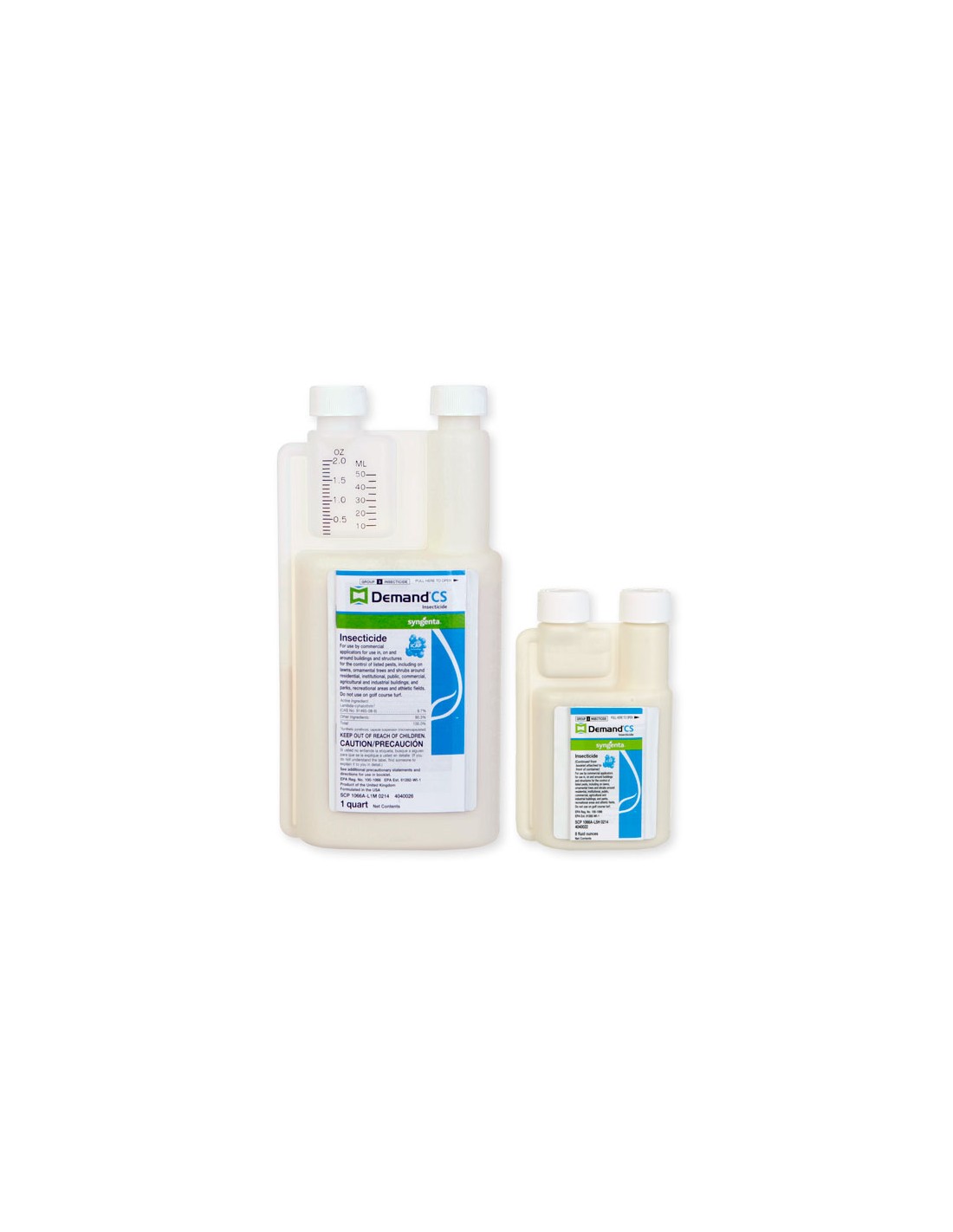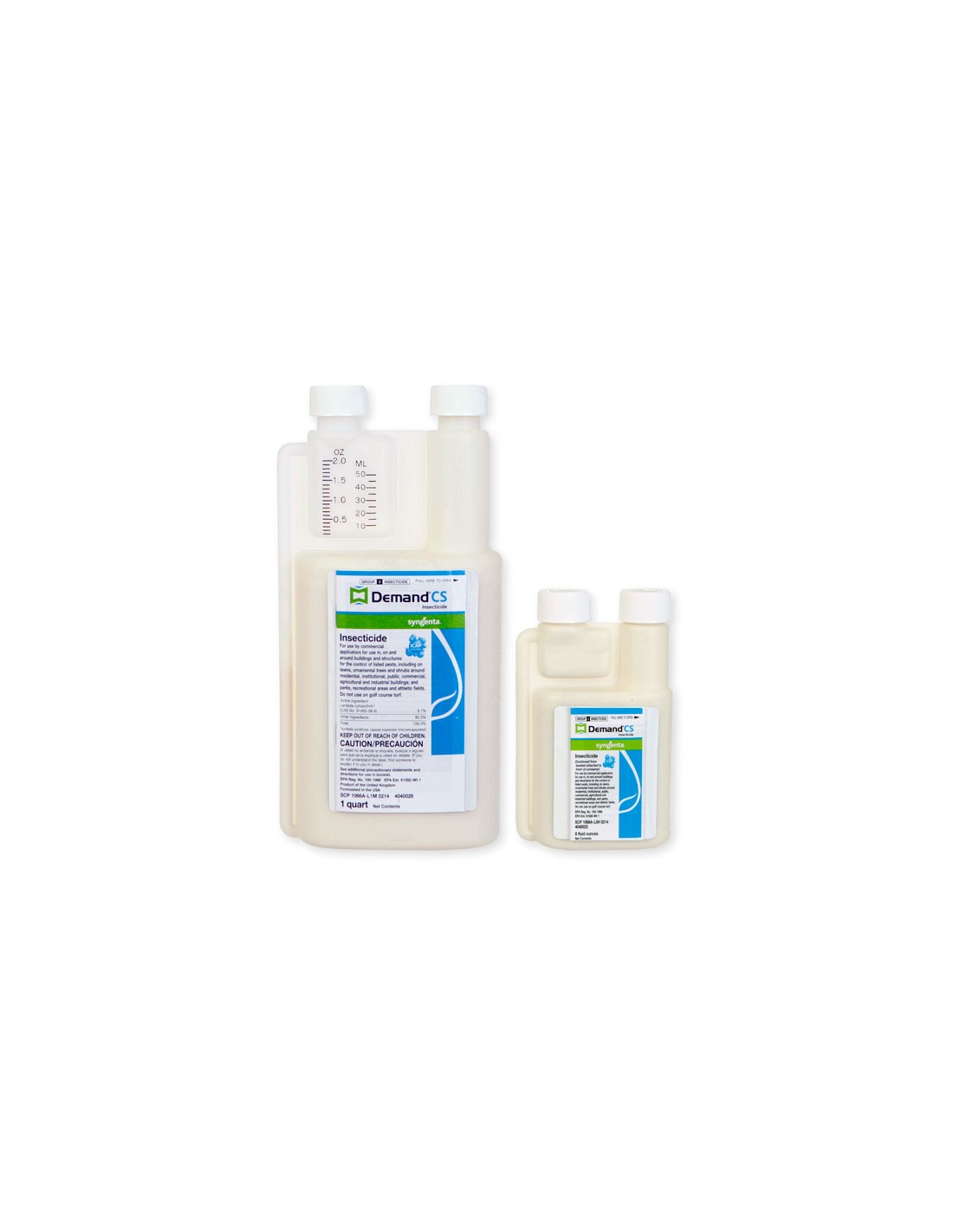Answers

Jun 26, 2017 - 08:09 AM
Demand CS is a microencapsulated insecticide. It is not made from flowers. It belongs to a class of chemistry known as "synthetic pyrethroids". The argument could be made that it is a synthetic form of "pyrethrum" which is made from african and australian chrysanthemums, but the fact remains that it is not naturally derived.
Most pesticide concentrates not only contain active ingredients but also contain solvents, diluents and carriers that are petrochemical based. These materials allow the active ingredient to be mixed and diluted with water. These "inert" ingredients are usually not revealed since they can be considered "trade secrets".
In some cases, the inert ingredients can cause "cleaning" of surfaces by removing dirt. This can leave the surface looking like it has a chemical stain, but in most cases, the dirt has simply been cleaned away. The problem is that the petroleum solvents can do a better job of cleaning than soap and water. So if the surface has a stain like appearance, it may be difficult to return it to it's original dirty appearance.
You mentioned that the stain on the logs looked "stained". It could be that the solvents in the Demand did in fact damage the stain. It's hard to know without seeing it first hand.
If it's simply clean drip marks, cleaning with additional soap and water and water based cleaners may not do the trick. It may take power washing with a solvent based cleaner such as mineral spirits to get all the areas to look the same - if that's even possible.
In other cases, it may be impossible to return the surface to its original appearance. It may take some weathering to make it look good again. I don't think the Demand was over concentrated. It mixes at a really low rate. Hope this helps.
Ron
Most pesticide concentrates not only contain active ingredients but also contain solvents, diluents and carriers that are petrochemical based. These materials allow the active ingredient to be mixed and diluted with water. These "inert" ingredients are usually not revealed since they can be considered "trade secrets".
In some cases, the inert ingredients can cause "cleaning" of surfaces by removing dirt. This can leave the surface looking like it has a chemical stain, but in most cases, the dirt has simply been cleaned away. The problem is that the petroleum solvents can do a better job of cleaning than soap and water. So if the surface has a stain like appearance, it may be difficult to return it to it's original dirty appearance.
You mentioned that the stain on the logs looked "stained". It could be that the solvents in the Demand did in fact damage the stain. It's hard to know without seeing it first hand.
If it's simply clean drip marks, cleaning with additional soap and water and water based cleaners may not do the trick. It may take power washing with a solvent based cleaner such as mineral spirits to get all the areas to look the same - if that's even possible.
In other cases, it may be impossible to return the surface to its original appearance. It may take some weathering to make it look good again. I don't think the Demand was over concentrated. It mixes at a really low rate. Hope this helps.
Ron

Jun 28, 2017 - 05:12 AM
If the runs are darker than the stain, it could be that the spraying caused the stain to run? Basically diluting the stain and causing streaking? I have never seen this before. I don't think bleach or general cleaners will do the job. You might contact the manufacturer of the log stain and see if they have any advice.





Add New Comment